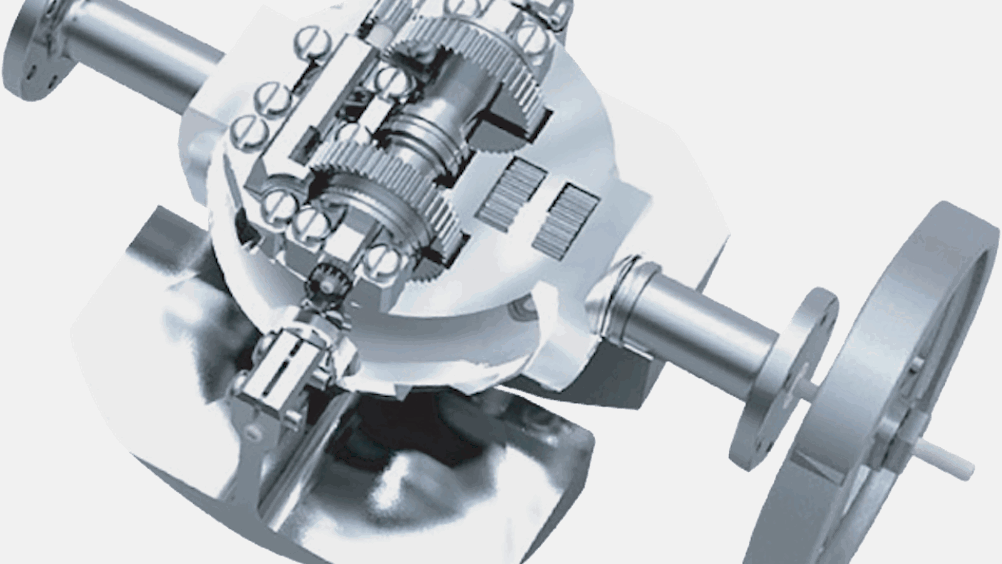DASA funding for WITT subsea energy harvester
WITT Limited has secured a £350,000 contract with the Defence and Security Accelerator (DASA) to develop energy harvesting technology for the subsea environment.

The funds will be used to develop the WITT (Whatever Input to Torsion Transfer) energy capture and storage device specifically for subsea defence applications.
Witt looks to Crowdcube to help fund production of renewable energy technology
According to the company, a WITT captures energy from all planes of movement and turns it into electricity that can be stored until needed. Contained within a sealed unit, a WITT uses two pendulums connected to a flywheel to generate electricity. Movement causes the pendulums to swing, and they are attached to a shaft that then turns a flywheel in one direction. The flywheel is connected to a generator, which produces electricity. The unit harvests chaotic motion, turning it into usable power. Where most energy harvesting devices are taking up-and-down or side-to-side motion, the WITT captures energy from all six degrees of chaotic motion.
Register now to continue reading
Thanks for visiting The Engineer. You’ve now reached your monthly limit of news stories. Register for free to unlock unlimited access to all of our news coverage, as well as premium content including opinion, in-depth features and special reports.
Benefits of registering
-
In-depth insights and coverage of key emerging trends
-
Unrestricted access to special reports throughout the year
-
Daily technology news delivered straight to your inbox










Simulations show Optimal Design for Bladeless Wind Turbines
"an 80cm mast" Really? I'm short but that's only half my height! Do they mean 800cm?